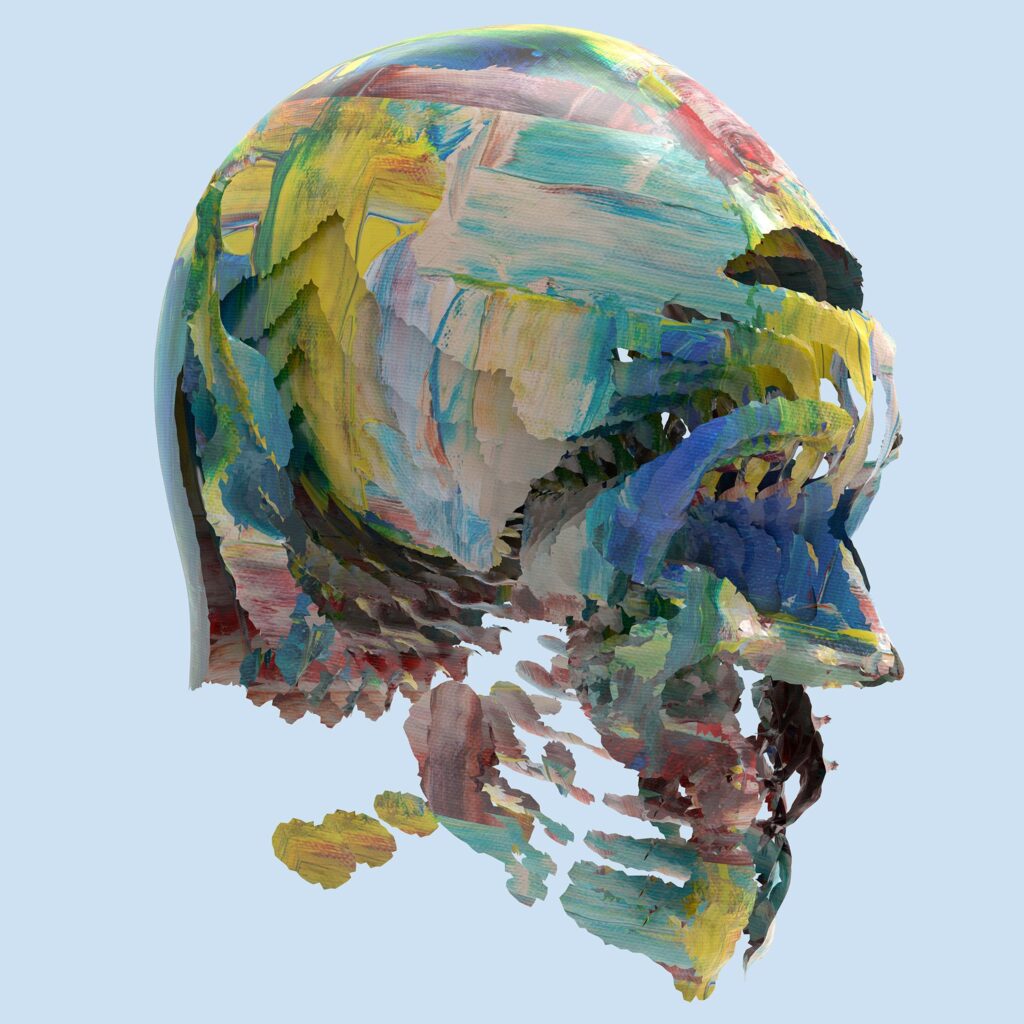In the latest prominent, science fiction-imitating example of the symbiotic relationship between the science and technology, the New York Times reports that China is leveraging new technology in an attempt to use DNA samples to construct an image of a person’s face. The process, known as DNA phenotyping (or DNA facial mapping), has excited multiple sectors with its potential. But its development in the US and abroad is fueling questions – and raising concerns – about how it will be used.

Inside the Nascent Technology
DNA phenotyping is “a forensic technique…which uses DNA from the biological matter people leave behind, like skin and blood, to predict their appearance.” Phenotyping looks at genetic evidence for variations known to influence traits like skin color, eye color, geographical ancestry, and freckling, then uses algorithms to generate sketches of faces based on that information, while assigning confidence ratings for the accuracy of the traits it identifies.
Phenotyping has found natural applications in law enforcement, where authorities have readily adopted DNA analysis for solving crimes. Traditional analysis, however, has its limits – it relies heavily on “DNA database[s] of known offenders and if the victim [can] positively identify the suspect for a sample to be collected.” Police Chief Magazine outlines several benefits of DNA facial mapping, including generating potential suspect profiles via DNA samples collected at a crime scene, paring down suspect lists, applications in age-progression cases such as for missing children, and as a supplement to traditional methods of facial reconstruction.
The method is already paying dividends. A program called Snapshot (developed by Parabon NanoLabs, who specialize in assisting law enforcement) has been used in at least six public cases in Maryland, including positively identifying a previously-anonymous body to be Shaquana Marie Caldwell, leading to murder charges against her boyfriend. “The use of that technology revealed the body,” Marc Limansky, a spokesman for the Anne Arundel County Police Department, told the Capital Gazette. “Investigators are extremely confident this technology will increase the solvability of many cases to come.”
Growing Concerns
DNA samples are proven to effectively identify eye and hair color “because a single gene has a large influence on these traits,” explained Manfred Kayser, a forensic molecular biology professor at Erasmus, to the New York Times. But what seems like a godsend for law enforcement is generating criticism on several fronts. Concerns are growing about the lack of peer-reviewed science behind the technology, and the slow but deliberate expansion of how DNA is collected and used in criminal investigations – particularly when it is susceptible to human bias, error and abuse. In the same Capital Gazette article discussing the Caldwell case, ACLU senior policy analyst Jay Stanley highlighted the most pressing issues that arise from the dearth of peer-reviewed material: racial bias, justification of searches for innocent people, and time-wasting.
Similar concerns coalesced recently around China, where scientists there have collected DNA samples from detained Uighurs – a predominately Muslim minority ethnic group located mostly in Xinjiang province – under the veneer of a mandatory health checkup program. Experts worry that improvements to the technology will make it possible for the Communist government to “feed images produced from a DNA sample into the mass surveillance and facial recognition systems that it is building, tightening its grip on society by improving its ability to track dissidents and protesters as well as criminals.”
Possible ethical violations there are “a warning to everybody who kind of goes along happily thinking ‘How could anyone be worried about these technologies?’” explains Pilar Ossorio, a professor of law and bioethics at the University of Wisconsin-Madison. DNA phenotyping could be used to round up innocent people who might resemble a suspect, or in the worst of cases, authoritarian governments could use it to target ethnic groups. Additionally, the technology raises fundamental issues of consent – do innocent people have the option of being omitted from a database?
What Happens Next
For now, US law enforcement will grapple with continued questions about DNA facial mapping. Fourth Amendment rights pertaining to unlawful search and seizure will need to be considered, as will “whether [DNA facial mapping] images could be considered reasonable suspicion or probable cause for future law enforcement action.” Admissibility by virtue of the Frye and Daubert standards – in which scientific evidence is admissible if it is “sufficiently established to have gained general acceptance in the field in which it belongs” and made on the basis of “scientific validity – and thus the evidentiary relevance and reliability – of the principles” of the technology.
DNA phenotyping has the potential for positive use cases for law enforcement, but it is still early days for the technology. As it evolves, it appears more information and review are necessary to come to a true conclusion about its efficacy – and to develop the guidelines and processes to safely use it.







